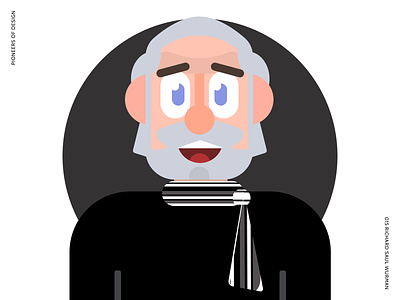Richard Saul Wurman
“An information architect is the individual who organizes the patterns inherent in data, making the complex clear.” - Richard Saul Wurman, Information Anxiety (1989)
In the mid-1970s, Richard Saul Wurman, an architect and designer, paired together the words “information” and “architect” to better capture “the thoughtful doing of work, the thoughtful part of design; the thoughtful making of place and space.” And the world hasn’t been the same since.
This move was in reaction to the field of graphic design - a field largely based on aesthetics, not unlike paintings in an art gallery. At the time, the basis for judgement was aesthetics and not the purpose behind a design or what information it conveyed to the viewer. Through this particular point of view, Wurman was way ahead of his time.
Wurman has written, designed, and published 90 books and created the TED conference. He is an architect, a graphic designer, dare I say a futurist? - and a designer of tools for understanding (including the conference as a tool). As the first information architect, Wurman claimed “there are only five ways to organize information, not 50, not 500, five.” To describe his five methods, he used the mnemonic LATCH (Location, Alphabet, Time, Category, Hierarchy). This early work still stands today, as some practitioners see the value in applying this set of organizing principles to their information work.
Wurman is well known for his writings:
Wurman, R. S. (1989). Hats, Design Quarterly (145), 1 - 32.
Information Architects (1996)
Information Anxiety (1989)
Information Anxiety 2 (2000)
33: Understanding Change & the Change in Understanding (2009)
Understanding Understanding (2017)
Mortality (2019)










